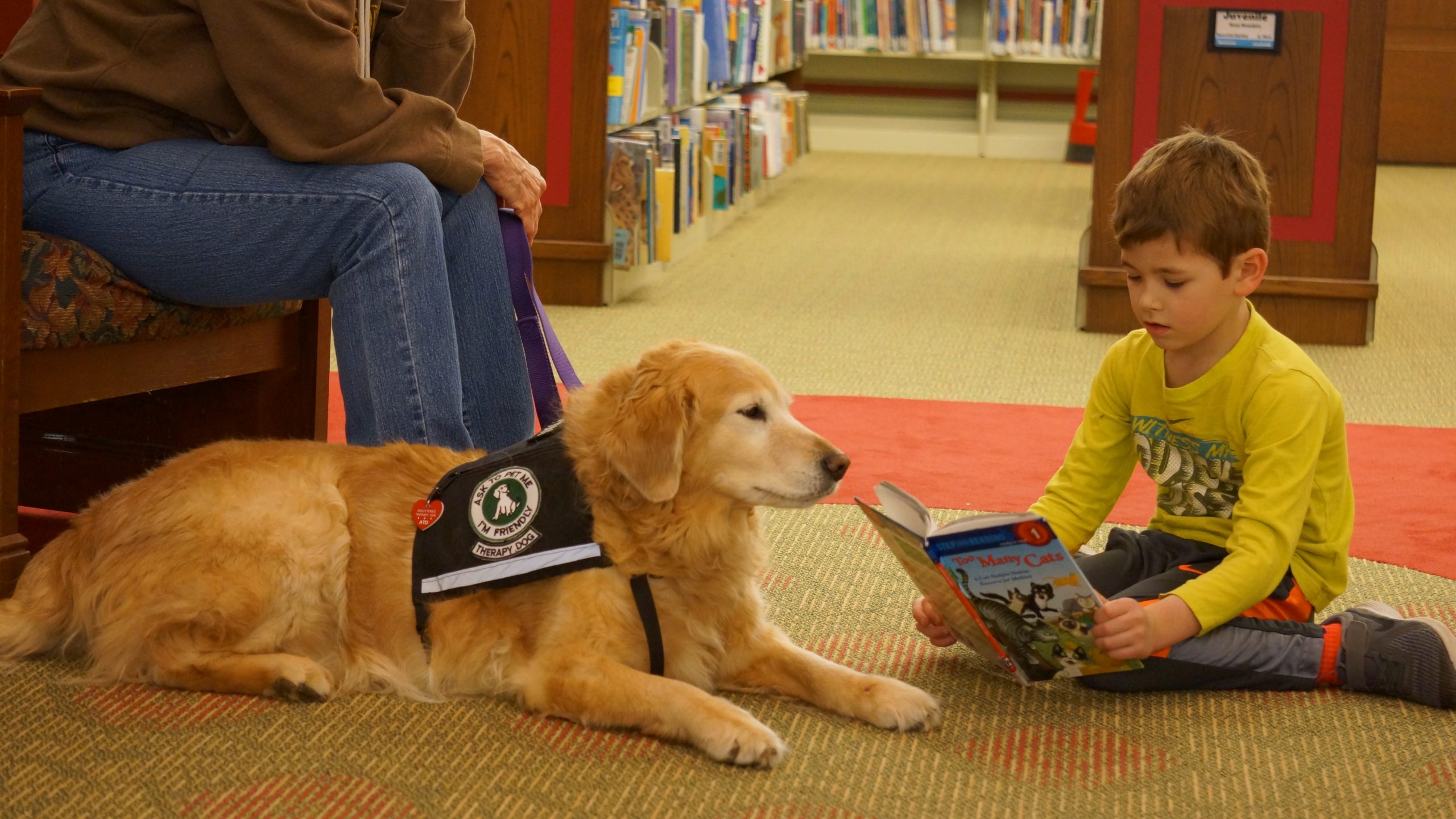“…all cultures—the dominant and marginalized—have always used stories to validate their existences, make sense of their worlds, and pass on to future generations what they regard as their culture’s collective wisdom.”1
Libraries are about stories

Story is at the heart of people’s lives and at the heart of the library. The ongoing pandemic has reinforced this idea in many ways. In the early days of the crisis, as people were urged to stay home and many libraries closed their buildings for a period of time, libraries saw an increased demand for digital collections that could easily, and safely, be downloaded at home to read, view, or listen to. Libraries then quickly pivoted to offering curbside pickup of materials to satisfy the desire for stories, and they saw those services heavily used. As libraries began to reopen, they saw people coming back to the building hungry not only for interaction with others but also seeking the stories that would help them through hard times that could not have been anticipated. The past two years have seen libraries responding to the community need for story and a recognition from those communities of the important role that the library plays in satisfying that need.
Story places our lives in context
We engage with the world through story. It helps us understand other people and cultures. It comforts us when we are burdened or gives us insight into the problems that face us. It places our lives in context—historical, geographical, and cultural. For all of these reasons, libraries build collections of materials to read, to listen to, and to watch that support and validate the diverse and complex stories of their users. What is being read, viewed, or listened to is much less important than the simple act of reading, listening, or viewing. And these acts happen every day both in the physical library and through its digital collections. It may be a librarian helping a reader track down a much-loved but less-well-remembered title or author. Or perhaps a library book display that presents a browser with materials that reflect their own life in an unexpected way. Maybe a storytime that sparks a child’s love of reading or that encourages a parent to read to their child at home. Or someone alone in their home finding an ebook to read or a movie to watch. In each case the library is providing the opportunity for a user to engage with a story.

Story brings us together
The library is not only about discovering something new, or finding an old favorite to read, though this is an important part of its role. The social components of reading are equally important to readers and to their communities—book displays and reading lists to browse and share, book discussion groups where members can share thoughts about what they are reading, interactions with other readers and librarians while browsing for materials, author talks and storytimes that build a love for books and reading. All of these reading-related programs and services build a community of readers who sustain each other and the library.
The public library serves an essential role as a welcoming place for readers (and listeners and viewers) to engage with materials and with each other. It is a safe space to explore reading interests in a non-judgmental atmosphere—one where the first rule is “never apologize for your reading tastes.”2 Library collections are built to reflect the stories of all members of their communities. Anyone who walks into the library, or browses the online catalog, should see themselves reflected there. They can find stories that speak to their condition.
Story informs the present by reminding us of our past
By building diverse and reflective collections, libraries ensure that all their community’s stories are presented. But libraries are not just repositories; they also ensure stories that had perhaps been marginalized or overlooked are brought to light. In doing so, libraries help people create new stories. Story not only keeps the past alive, it also illuminates the present. At the Library of Virginia, and in libraries around the country, projects like Virginia Untold: The African American Narrative are reclaiming stories that have been hidden for centuries. Virginia Untold “aims to provide greater accessibility to pre-1865 African American history and genealogy…[and] seeks to encourage conversation and engagement around the records, providing opportunities for a more grassroots and diverse narrative of the history of Virginia’s African American people.” Here, story moves from history to contemporary life, informing both how we view the past through a new set of narratives and how we bring that past into our present.
One of the great librarians of the early and mid-20th century, Helen E. Haines, wrote in 1945 that stories have the power to “enlighten prejudices, to enlarge understanding of vital issues, to strengthen public acceptance and practice of cooperation…”3 These are much-needed powers in a contemporary world that is entering the third year of a global pandemic and that is seeing a rise in extremism. The library as a place that promotes story and builds a community of readers can be a source of hope for a better future.

Are you looking for stories to enjoy? Find It Virginia’s NoveList resource can offer ideas for new authors and titles based on your personal reading interests, including readalike lists, award winners, and more. Get started on your next reading adventure.
Footnotes
- Wayne Wiegand, “Missing the Real Story,” in The Readers’ Advisor’s Companion. Ed. Kenneth D. Shearer and Robert Burgin (Englewood, CO: Libraries Unlimited, 2001), 8.
- Betty Rosenberg quoted in Genreflecting: A Guide to Popular Reading Interests, 8th ed. Ed Diana Tixier Herald and Samuel Stavole Carter (Santa Barbara, CA: Libraries Unlimited, 2019), 73.
- Helen E. Haines, “Library Leadership,” CLA Bulletin 7 (Sept. 1945): 10.











